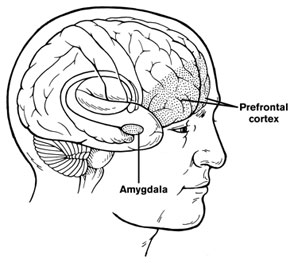Naltrexone Augmented with Prazosin Is Highly Effective for Alcohol Use Disorder
Murray Raskind, of the VA Northwest Mental Illness Research, Education, and Clinical Center, conducted a translational proof-of-concept randomized controlled trial (RCT) of the mu-opioid receptor antagonist, naltrexone, augmented with the alpha-1 adrenergic receptor antagonist, prazosin, for alcohol use disorder in veterans.
“Prazosin was titrated over 2 weeks to a target dose of 4 mg QAM, 4 mg QPM, and 8 mg QHS. Naltrexone was administered at 50 mg QD…. In the NAL-PRAZ condition, % reductions from baseline for all three primary outcome measures exceeded 50% and were at least twice as large as % reductions in the NAL-PLAC condition.
They concluded: “These results suggest that prazosin augmentation of naltrexone enhances naltrexone benefit for AUD. They are consistent with preclinical studies in rodent models of AUD and strengthen rationale for an adequately powered definitive RCT. “
Alcohol Use Disorders That Begin Before Age 21 May Cause Lasting Changes to Amygdala
 In a 2019 article in the journal Translational Psychiatry, researcher John Peyton Bohnsack and colleagues report that people with alcohol use disorders that began before they were 21 years of age show amygdala changes that people with alcohol use disorders that began after the age of 21 do not appear to have.
In a 2019 article in the journal Translational Psychiatry, researcher John Peyton Bohnsack and colleagues report that people with alcohol use disorders that began before they were 21 years of age show amygdala changes that people with alcohol use disorders that began after the age of 21 do not appear to have.
The amygdalas of those who began abusing alcohol in adolescence showed greater expression of the long non-coding RNA known as BDNF-AS. The increased BDNF-AS was associated with decreased levels of brain-derived neurotrophic factor (BDNF) in the amygdala. BDNF protects neurons and is important for learning and memory.
According to Bohnsack and colleagues, “Adolescence is a critical period in brain development and adolescent drinking decreases orbitofrontal cortex activity and increases amygdala activity leading to less executive control, more emotional impulsivity, alterations in decision-making, and [a higher risk of engaging] in risky behaviors and develop[ing] mental health problems later in life.”

